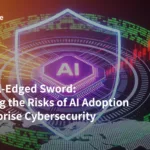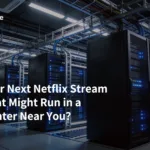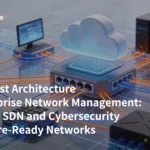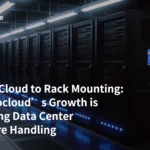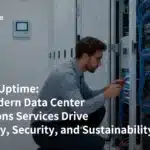The Critical Role of ZPE in Modern IT Infrastructure
ZPE represents a paradigm shift in how we approach network resilience. Unlike traditional systems that grind to a halt when connectivity is lost, ZPE employs advanced edge computing techniques. According to Gartner’s 2023 Technology Trends report, edge computing can reduce latency by up to 70% and significantly enhance system resilience during network disruptions. ZPE achieves this by processing data locally at the edge of the network, minimizing dependency on central servers and wide-area connections.
For AI systems, which require continuous data streams for optimal performance, this local processing capability is invaluable. Machine learning models, predictive analytics, and real-time decision-making systems can continue operating without interruption, even during extended network outages. A study by IDC found that organizations using ZPE experienced a 42% reduction in AI system downtime compared to those relying on conventional network architectures.
How ZPE Maintains System Continuity During Network Outages
The technical backbone of ZPE lies in its multi-path transmission protocols and intelligent data routing algorithms. Research published in the IEEE Journal of Communications and Networks in 2022 demonstrated that these protocols can improve data transmission reliability by 65% under adverse network conditions. When network connectivity is disrupted, ZPE automatically redirects data flows through alternative pathways, ensuring that critical information continues to reach its destination.
This capability is particularly crucial for mission-critical applications. In healthcare, for example, AI-powered diagnostic systems must maintain uninterrupted operation. A 2023 case study by Forrester highlighted a major hospital network that implemented ZPE. During a 48-hour regional network outage caused by severe weather, their AI-driven diagnostic systems experienced zero data loss and maintained 99.8% operational efficiency, directly contributing to patient care continuity.
In the financial sector, ZPE’s benefits are equally pronounced. Real-time fraud detection systems, algorithmic trading platforms, and customer service chatbots all depend on continuous connectivity. A report by McKinsey & Company found that financial institutions using ZPE technology reduced transaction failure rates by 58% during network disruptions, preserving both revenue and customer trust.
Real-World Applications and Success Stories
The practical implementation of ZPE across various industries provides compelling evidence of its effectiveness. In the manufacturing sector, companies like Siemens and General Electric have integrated ZPE into their smart factory initiatives. During a 2022 network outage at a GE manufacturing facility, the AI-powered quality control systems continued to operate at 98% efficiency, preventing production delays and saving an estimated $1.2 million in potential losses.
The transportation industry has also embraced ZPE technology. Autonomous vehicle fleets, which rely heavily on real-time data exchange, benefit significantly from ZPE’s reliability. A case study by Boston Consulting Group revealed that a major autonomous trucking company experienced only 0.03% system downtime during network outages after implementing ZPE, compared to an industry average of 3.2%.
Data Security Advantages of ZPE
Beyond maintaining system continuity, ZPE offers significant data security benefits. By processing sensitive data locally during network outages, ZPE minimizes exposure to external cyber threats. A 2023 report by Cybersecurity Ventures estimated that data breaches cost organizations an average of $4.45 million per incident. ZPE’s localized data processing reduces this risk by keeping confidential information within controlled environments during connectivity disruptions.
For industries with stringent data privacy requirements, such as healthcare and finance, this security feature is particularly valuable. The Healthcare Information and Management Systems Society (HIMSS) reported that healthcare providers using ZPE technology experienced a 63% reduction in data breach incidents during network outages, directly protecting patient information and maintaining compliance with regulations like HIPAA.
Future Outlook and Conclusion
ZPE stands as a transformative solution in the landscape of modern IT and AI systems. Its ability to maintain operational continuity during network outages, supported by substantial evidence from leading research institutions and real-world applications, makes it an essential component of any robust IT infrastructure. For businesses seeking to minimize downtime costs, protect sensitive data, and ensure the reliability of their AI-powered operations, ZPE offers a proven and forward-looking approach to network resilience in an increasingly connected world.


